Preschool
Ages 3-5
One hallmark of the preschool years is burgeoning independence. At Gretchen’s House, we see this in children’s shift from focusing on interactions with adults to truly engaging with their peers rather than merely playing alongside one another. Project work and social role playing give children plenty of opportunities to develop social skills such as turn-taking, impulse control, empathy, and compromise. Our familiar routines, consistent rules, and challenging activities boost preschool children’s confidence in their own abilities while helping them make sense of their world and establish a sense of control.
Preschool Daily Routine
Each day, we balance quiet and activities as well as individual and group work. Projects allow children to revisit and build on new ideas, as well as develop a big picture view as they learn concepts within context. Our interest centers target math, science, literacy, and creativity and encourage children to make connections across the curriculum. Preschoolers have apparent boundless energy, and our programs support their curiosity and wonder about the world. Our environments are intentionally set up to encourage active engagement with teachers, other children and materials both indoors and out. To learn more about our daily routines, click here.
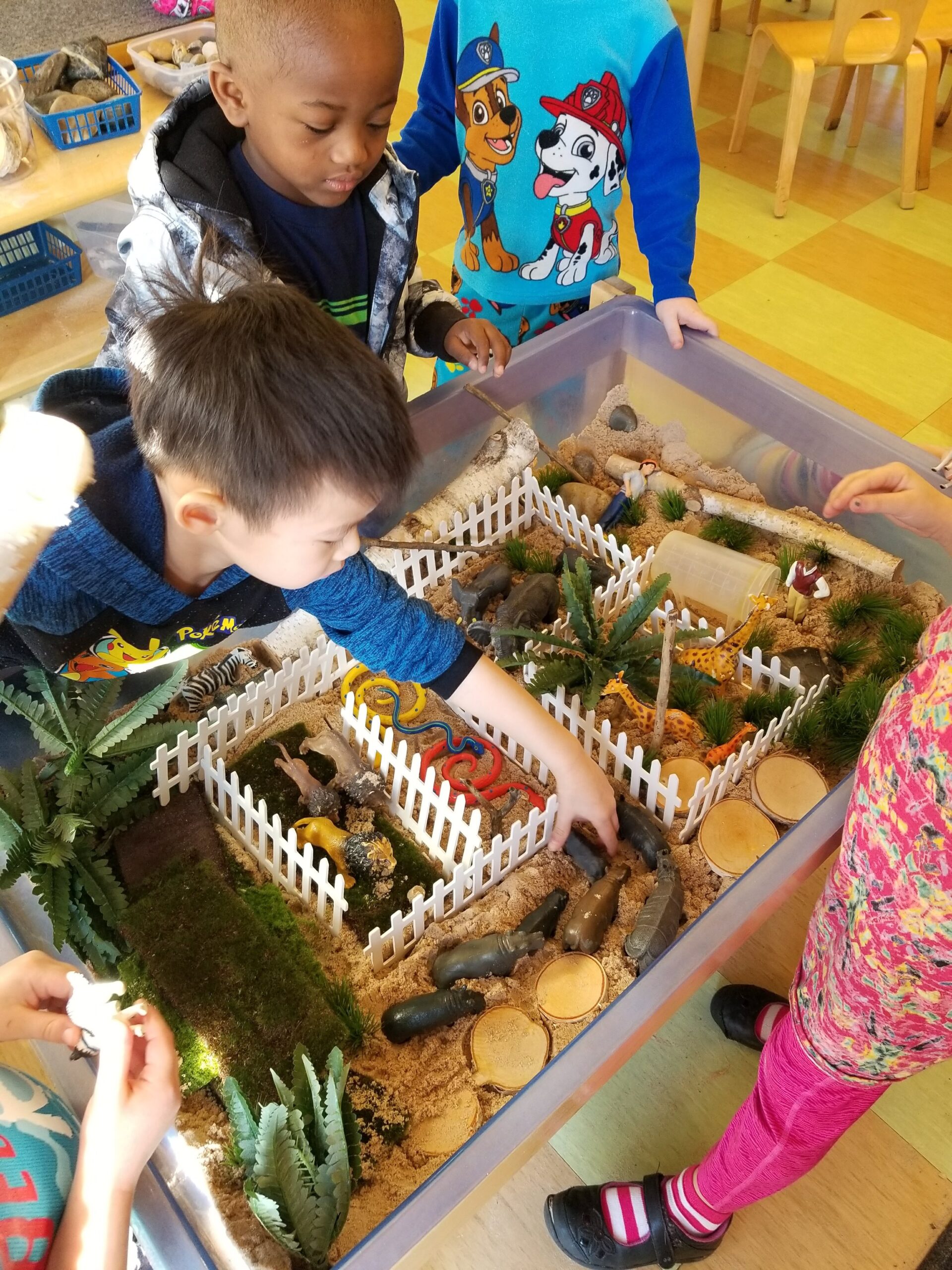
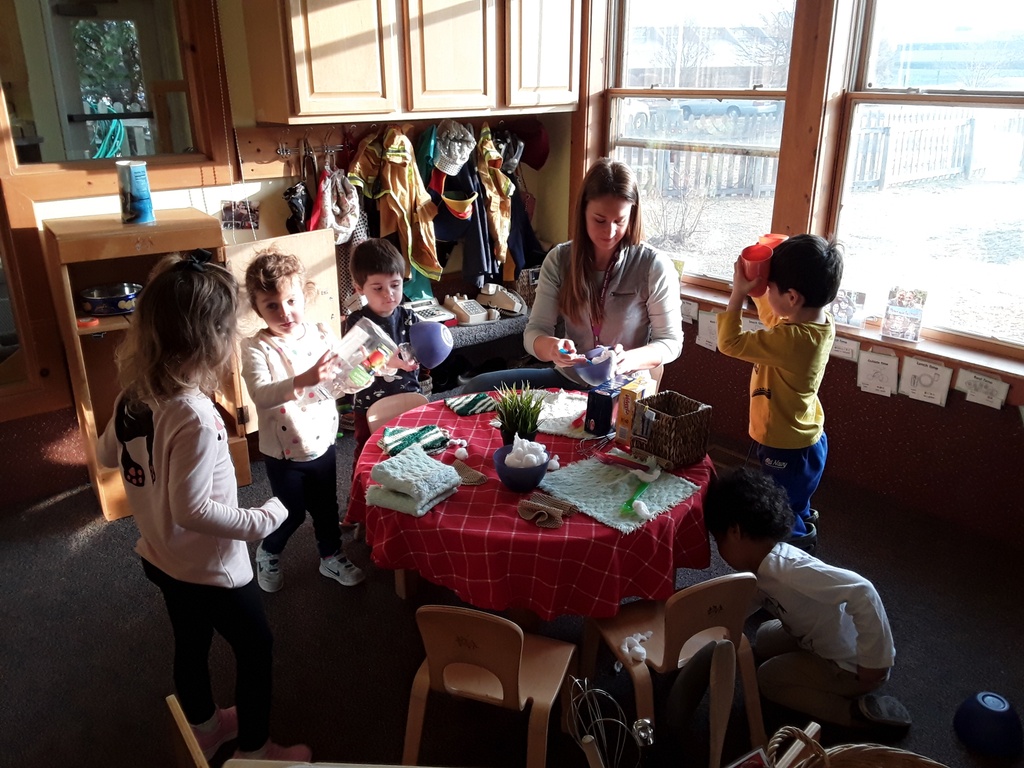
A primary caregiver
Each preschooler has a primary caregiver who is with them most of the day, records activities on the daily log, and is the primary caregiver who communicates with parents. Teachers in a room share care of all the children, however, so that all caregivers are a familiar, comforting presence to both children and adults
The teacher-to-child ratio in our preschool rooms
Highlights

Curriculum
All of our preschool classrooms implement the research based HighScope Preschool Curriculum. The HighScope approach is based on research that shows that children learn by doing. Children learn and recall more information if they discover facts and answers for themselves. You’ll see children actively engaging with materials and each other in our classrooms.
The teacher’s role in a HighScope classroom is to facilitate learning for each individual child in their care. Activities are designed to encourage children to dive into play rather than waiting for directions. Teachers plan for a range of developmental abilities and strive to provide varying levels of challenge for children.
Teachers also use the problem-solving approach to resolve social conflicts between children. This supports the development of key social emotional skills. The last two decades of research have made it unequivocally clear that children’s emotional and behavioral skills are a critical part of early school success.
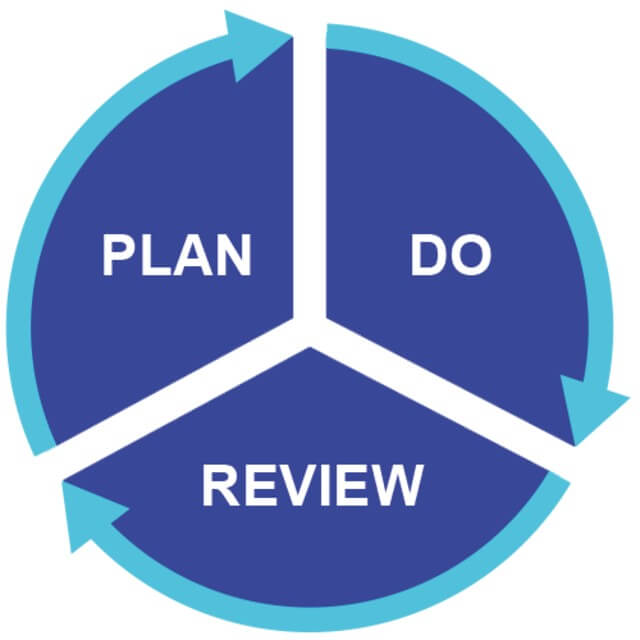
Daily Routine
Daily Routine: Our daily schedules provide a consistent framework that includes small and large group activities and opportunities for children to develop in all areas: cognitively, physically and socially.
The most important aspect of our routine is the plan-do-review sequence, in which children plan their activities, carry out their intentions, and then reflect on their experiences with teachers and other children.
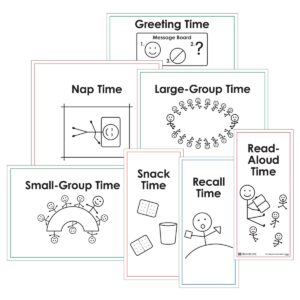
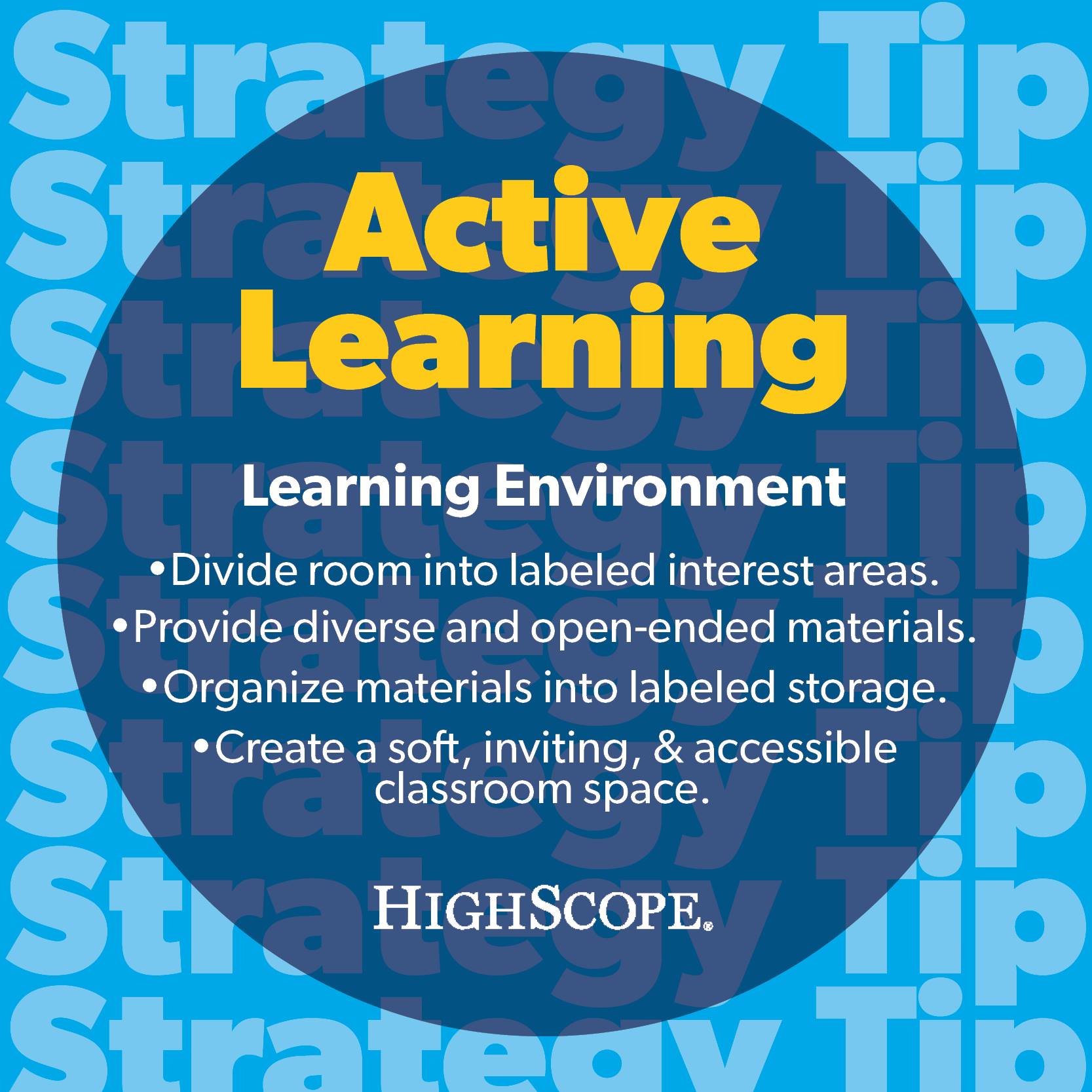
Environments
In 1982, when Gretchen opened her first child care center in a quiet, cozy neighborhood, the tone was set for creating inviting, homelike environments for children.
Our curriculum is evident throughout the center spaces, reflecting children’s interests and developmental needs. Teachers provide open-ended materials that can be used in a variety of ways—blocks in all sizes, art materials, and fabric pieces. They seek out natural and found materials—stones, shells, twigs, water, and sand.
Teachers consider it especially important to have plenty of real items—cooking tools, dress-up clothes, and other objects and tools from children’s houses and yards—that reflect children’s home cultures and allow them to imitate adults.
Development
To learn more about how our programs target preschooler development, please click on the appropriate Active Learning Brochure below. Remember that milestones for each group are averages. The age group brochure above or below your child’s actual age may be more appropriate for your child and this is still perfectly normal development.
Download a Brochure
- AL Brochure: your child from 2-3 years
- AL Brochure: your child from 3-4 years
- AL Brochure: your child from 4-5 years